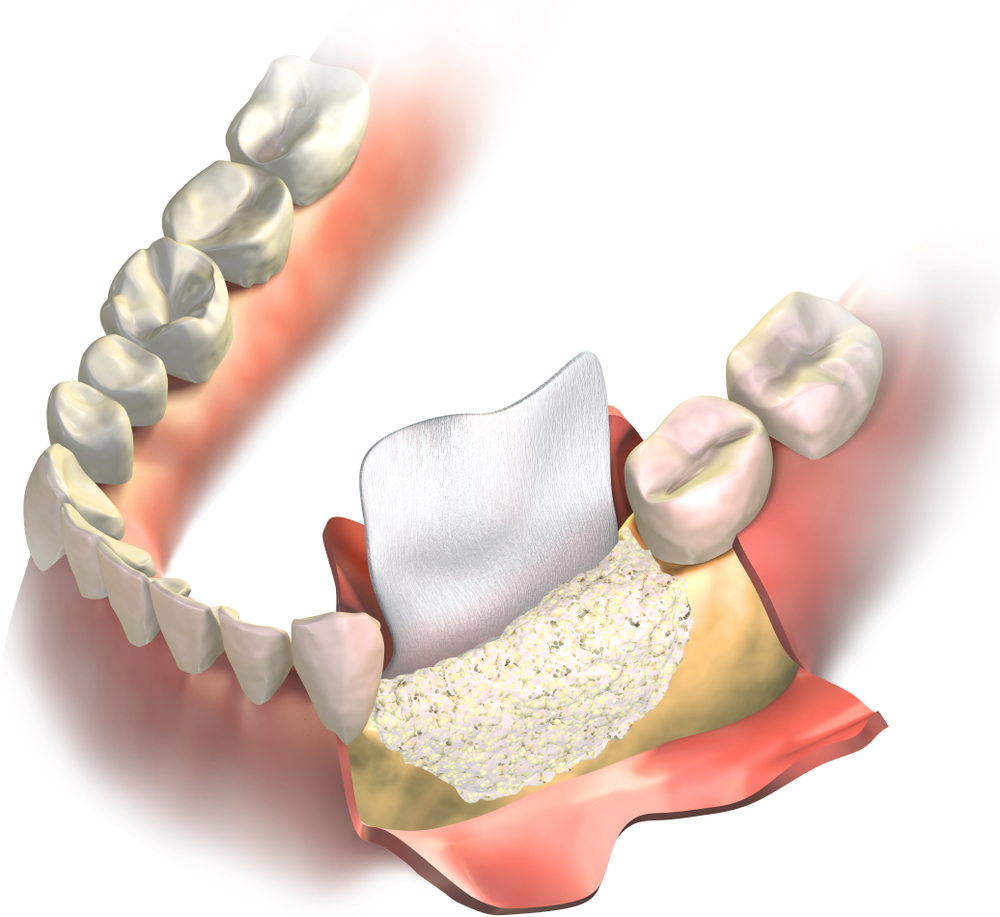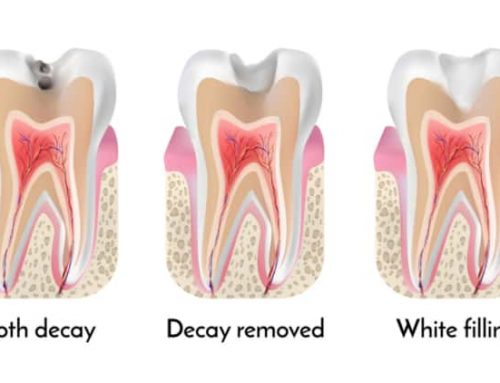A dental bone graft is a dental procedure performed by your dentist to increase the amount of bone in a part of the jaw where bone has been lost or where additional support is needed. Bone is typically taken from another part of the body or created synthetically and then fused into existing bone in the jaw.
When do you need a Dental Bone Graft?
A dental bone graft is sometimes needed if further procedures, such as dental implants, are necessary or if bone loss is affecting the health of nearby gums and teeth.
We’ll cover how dental bone grafts work, how the procedure is done, and what results you can expect from this procedure.

What is a dental bone graft?
A dental bone graft is a basic procedure that we provide at Pickett Family Dental, where Dr. Tyson Pickett, DDS FAGD or a dental surgeon makes an incision in the jaw and grafts or attaches other bone material to the jaw. Dr. Pickett uses the dental bone graft procedure for patients that have lost adult teeth or have suffered gum disease that led to severe receding gums and damage to the teeth. Both receding gums due to gum disease and the loss of teeth can result in bone loss in the jaw.
The preferred approach for dental bone grafting is to use your own bone from the back of the jaw, or in some cases the hip or tibia. This is known as an autograft. Autografts are usually the “gold standard,” since they increase bony support in the jaw and promote faster healing and new bone formation.
Below are four sources of material for the graft, each of which has its own advantages and risk.
The 4 Types of Dental Bone Grafts
- Autografts. This involves bone from your own body, such as from your hip or jaw.
- Allografts. This graft uses bone from a different person, usually a cadaver.
- Xenografts. This involves bone from another species, such as a cow, pig, or coral.
- Alloplasts. This deals with synthetic material, such as calcium phosphate or calcium sodium phosphosilicate (Bioglass).
Who’s a good candidate for a dental bone graft?
Here are some of the most common reasons you may need a dental bone graft:
Implants for missing teeth
People who are going to receive implants in place of missing teeth are common candidates for dental bone grafts. Dental implants are screw-shaped artificial roots shaped that are placed in the jawbone. A crown that matches nearby teeth is then placed atop the implant. Often, bone grafting is necessary to provide a strong enough base for an implant to maintain a strong, lasting hold.
Tooth loss or gum disease
Whether or not you’re receiving a dental implant, dental bone grafting may be necessary to support a section of the jaw that has lost bone because of tooth loss or gum disease.Bone loss can start to affect nearby teeth and gum tissue. Stabilizing the jaw with a bone graft can help prevent further bone loss and the long-term health complications that come with it. Failure to properly manage and cure gum disease can lead to further tooth loss and even heart disease.
Bone loss
Other candidates for dental bone grafts include those whose appearance has been affected by bone loss. Losing bone mass in the jaw can cause the face to look shorter than it used to. If the lower jawbone loses bone mass, it can appear to protrude forward. Without healthy bone structure underneath them, the lips and muscles around them can change in appearance. The skin in the jaw area can appear more wrinkled. Bone loss in the jaw is more common among older adults, just as the odds of developing the bone-thinning condition osteoporosis increase as you get older. But a person of any age who has suffered an injury to the jaw or experienced problems related to poor dental hygiene or other health problems, such as major infections, may need a dental bone graft, too.
Ask Your Dentist about Dental Bone Grafts
If you’re wondering whether a dental bone graft might be the right procedure for you, ask your dentist, Dr. Tyson Pickett, DDS FAGD and after some X-Rays and an exam he will be able to provide you a complete picture of what’s needed to provide the best, lasting solution to your tooth / gum loss and gum disease.



